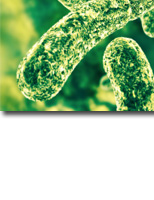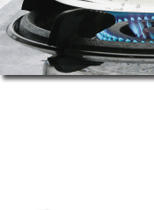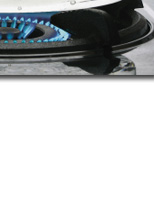 |
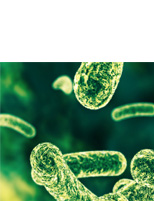 |
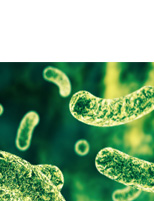 |
 |
What May Happened
Research by the National Research Council implicates aluminum as a causative factor in Alzheimers disease, crippling bone diseases, osteomalacia, osteoporosis, etc. Asbestos is a proven human carcinogen, a causative factor in the initiation of gastro-intestinal cancer.
The greatest concerns about water quality today focus on chlorine, pesticides and parasites. In some area, the level of chlorine added in drinking water is quite high. Chlorine, with decomposing organic material in the water supply leads to the formation of cancer causing compounds (carcinogens) called trihalomethanes. These chemicals are suspected of causing an increased incidence of cancer, especially breast cancer. Any toxic in drinking water that goes into the body tends to accumulate in fatty tissues and the human breast is composed largely of fatty tissue.
Although the precise causes of Alzheimer disease are unknown, but research has revealed a connection between Alzheimer disease and high concentration of aluminum and mercury in the brain. Aluminum is the most abundant metallic element in the earth’s crust and acid rain leeches aluminum out of the soil and into water reservoir, yet many municipal water supplies are treated with aluminum sulfate and aluminum fluoride.
The presence of lead in the drinking water can cause birth defect, kidney damage and permanent neurological defects in children. A parasite called cryptosporidium can also exist in tap water. In 1993, the residents of one of Wisconsin’s largest cities were forced to boil their tap water after it was discovered to contain unacceptable level of cryptosporidium, most likely from agricultural runoff. Also in New York City, many people with weakened immune systems have charged that cryptosporidium in the city water has made them ill; even though local officials insist that the water is safe to drink. The chlorine added to water to kill bacteria is not effective at killing cryptosporidium. |
 |
Better Than Nothing
Activated carbon filters will remove chlorine and chloramines and improve the taste of water, but it will not remove bacteria or dissolved minerals such as sodium, chlorides or nitrates and have only a small effect on dissolved metals such as iron, lead, manganese or copper. The main drawback with activated carbon filter units is that they act as growth beds and become rapidly colonized with bacteria. Make sure the filters are replaced frequently.
Heating tap water to a boiling point (100C) and keep it for 3 to 5 minutes will kill bacteria and parasites, but be aware that in high altitude area the water will boil at less than 100C. However most people find it too impractical and time-consuming, and yet still it doesn’t remove heavy metals and toxics. Read Reverse Osmosis.. |
 |





